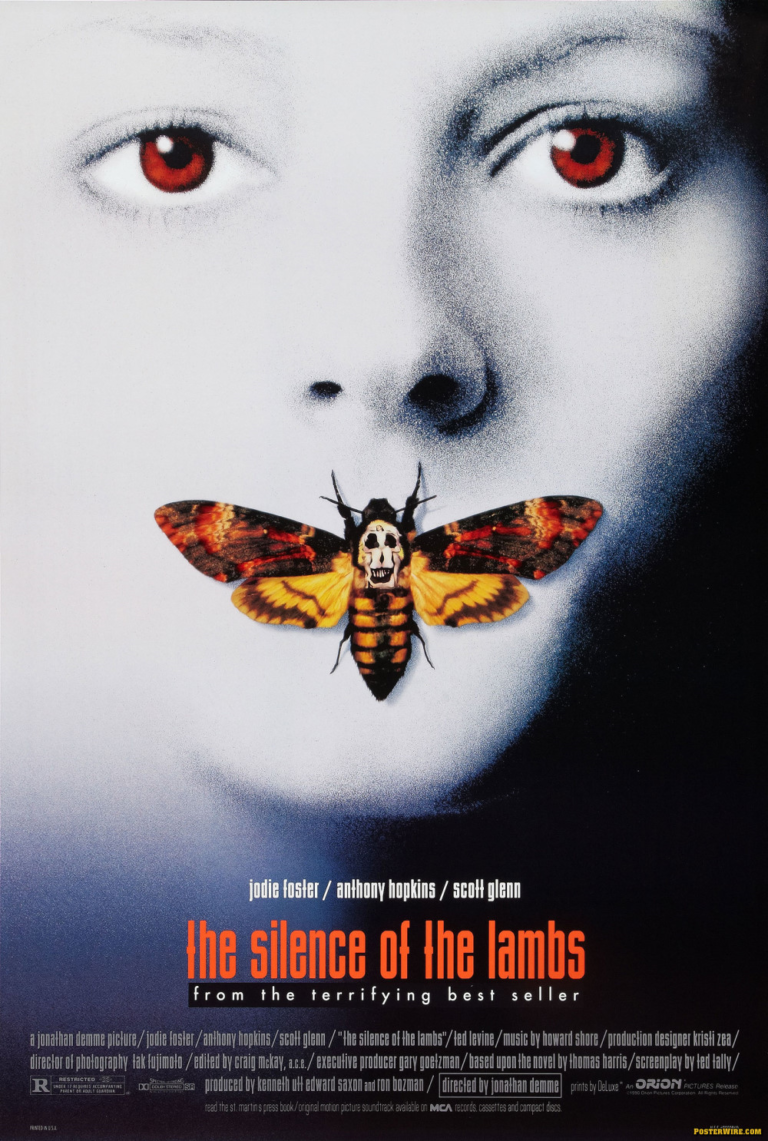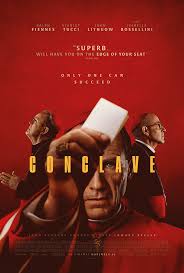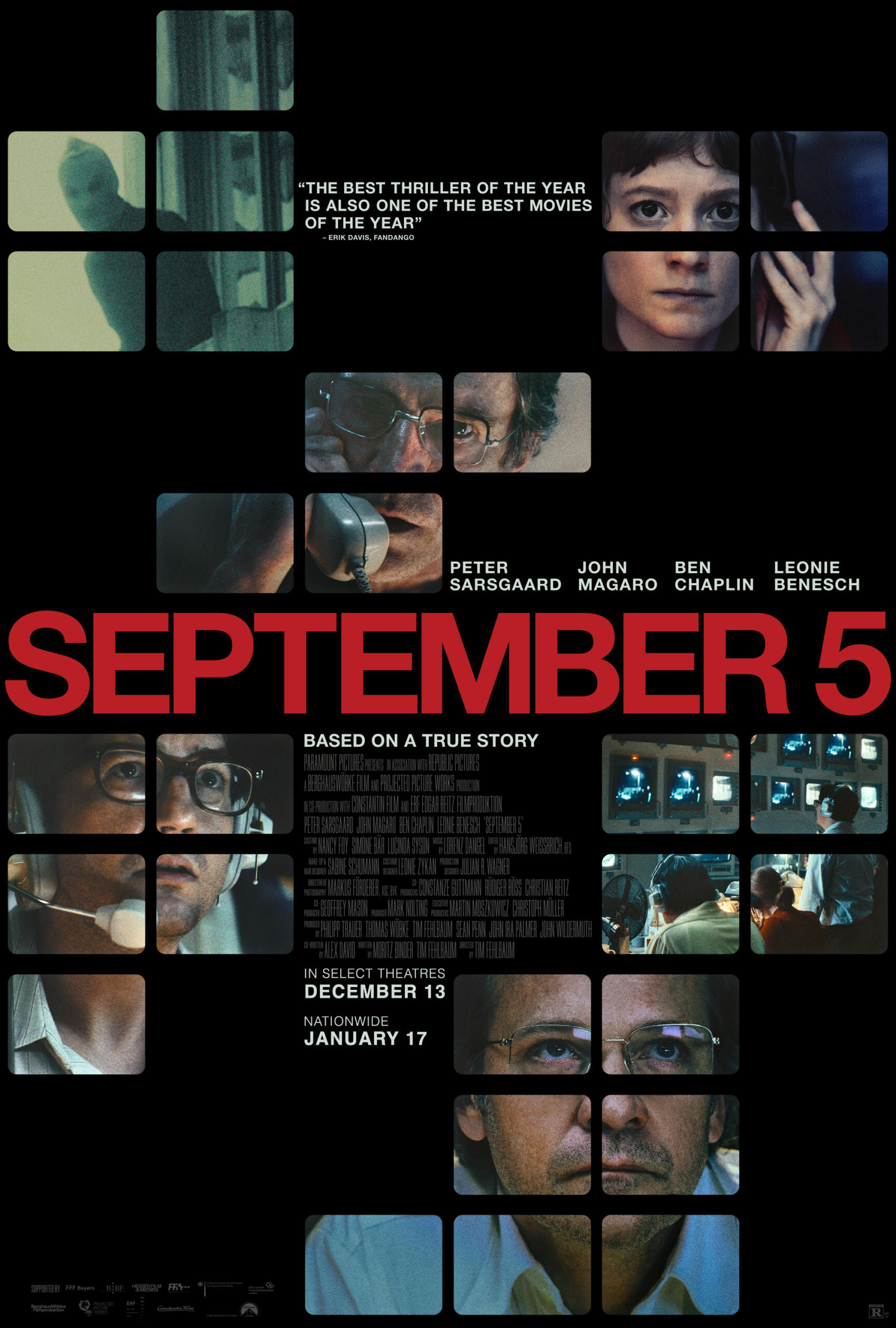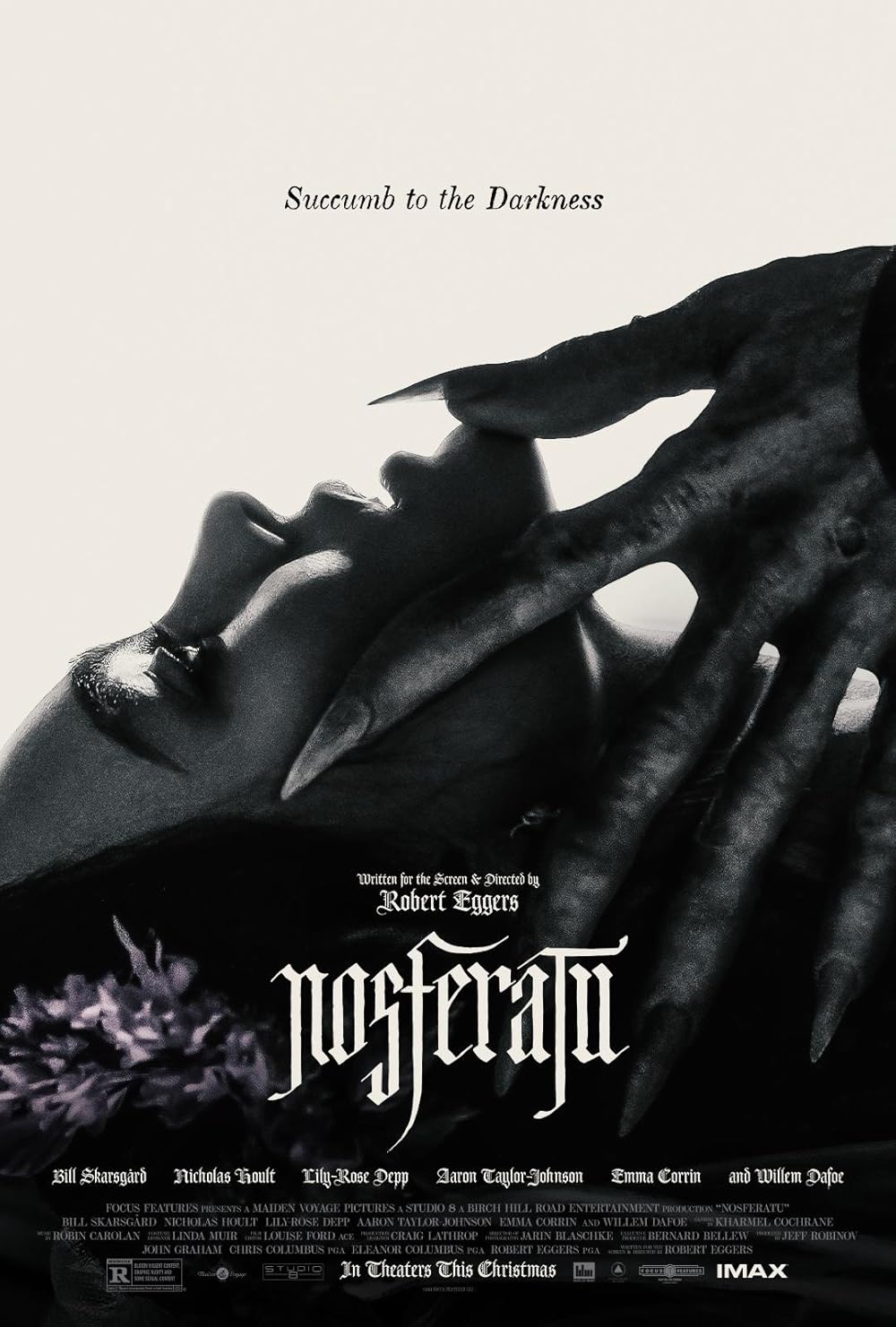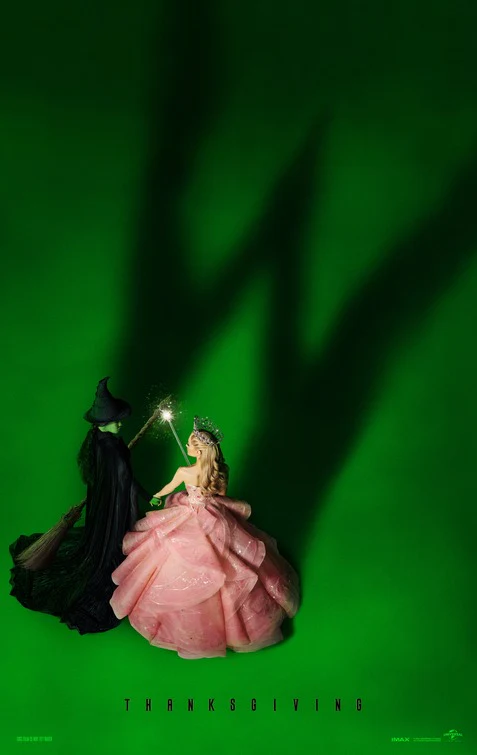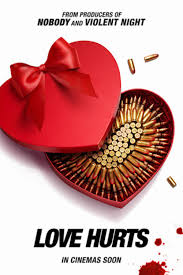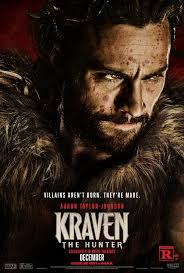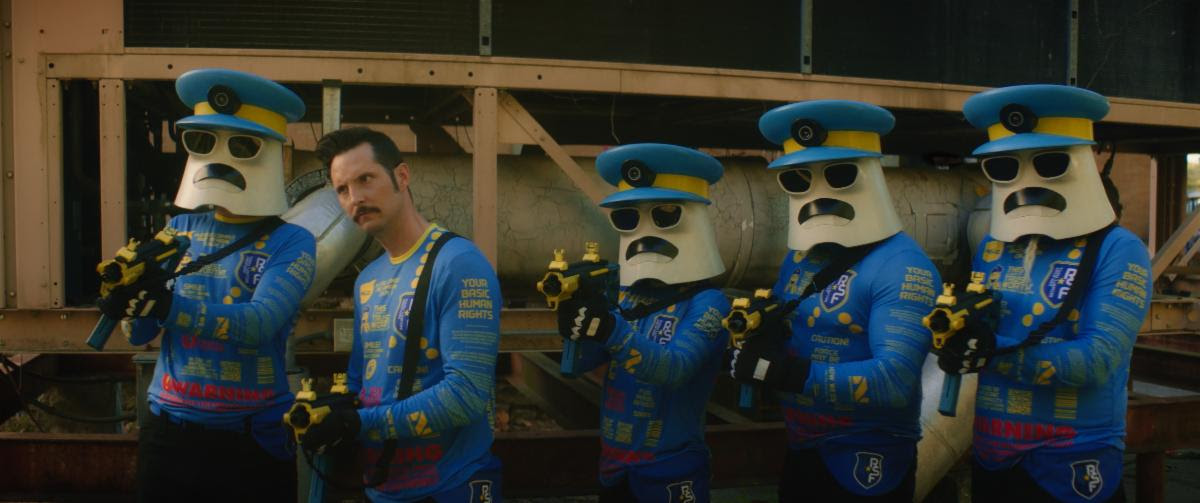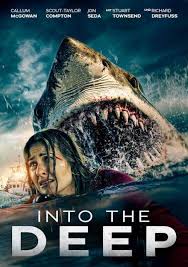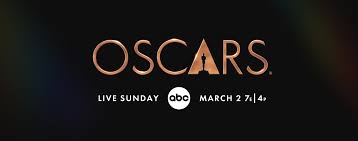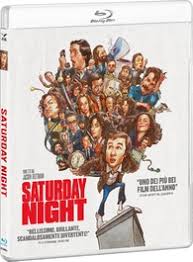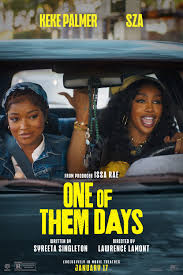The French film Emilia Pérez led the pack when nominations for the 97th Annual Academy Awards were announced this morning, earing 13 nominations, including Best Picture and Best International Feature. It was followed by the historical epic The Brutalist and the mega-hit musical Wicked, which each earned 10 nominations. Other films gaining several nominations include both A Complete Unknown and Conclave, which received 8 nominations each.
As in recent years, there were quite a few first-time acting nominations including both Sebastian Stan and Jeremy Strong for The Apprentice, Kieran Culkin for A Real Pain and Guy Pearce in The Brutalist. Other first timers: Demi Moore (The Substance), Monica Barbaro (A Compete Unknown), Ariana Grande (Wicked), Isabella Rossellini (Conclave) and Zoe Saldana (Emilia Perez). On a personal note, I was pleased that Strong was nominated, as I championed his performance in my review of the film.
Below is a complete list of nominees.
Best Picture
Anora
The Brutalist
A Complete Unknown
Conclave
Dune: Part Two
Emilia Pérez
I’m Still Here
Nickel Boys
The Substance
Wicked
Best Directing
Jacques Audiard, Emilia Pérez
Sean Baker, Anora
Brady Corbet, The Brutalist
Coralie Fargeat, The Substance
James Mangold, A Complete Unknown
Best Actor In A Leading Role
Adrien Brody, The Brutalist
Timothée Chalamet, A Complete Unknown
Colman Domingo, Sing Sing
Ralph Fiennes, Conclave
Sebastian Stan, The Apprentice
Best Actress In A Leading Role
Cynthia Erivo, Wicked
Karla Sofía Gascón, Emilia Pérez
Mikey Madison, Anora
Demi Moore, The Substance
Fernanda Torres, I’m Still Here
Best Actor In A Supporting Role
Yura Borisov, Anora
Kieran Culkin, A Real Pain
Edward Norton, A Complete Unknown
Guy Pearce, The Brutalist
Jeremy Strong, The Apprentice
Best Actress In A Supporting Role
Monica Barbaro, A Complete Unknown
Ariana Grande, Wicked
Felicity Jones, The Brutalist
Isabella Rossellini, Conclave
Zoe Saldaña, Emilia Pérez
Best Adapted Screenplay
A Complete Unknown, James Mangold and Jay Cocks
Conclave, Peter Straughan
Emilia Pérez, Jacques Audiard in collaboration with Thomas Bidegain, Léa Mysius and Nicolas Livecchi
Nickel Boys, RaMell Ross & Joslyn Barnes
Sing Sing, Clint Bentley, Greg Kwedar; Story by Clint Bentley, Greg Kwedar, Clarence Maclin and John “Divine G” Whitfield
Best Original Screenplay
Anora, Sean Baker
The Brutalist, Brady Corbet & Mona Fastvold
A Real Pain, Jesse Eisenberg
September 5, Moritz Binder and Tim Fehlbaum and co-written by Alex David
The Substance, Coralie Fargeat
Best Costume Design
A Complete Unknown, Arianne Phillips
Conclave, Lisy Christl
Gladiator II, Janty Yates and Dave Crossman
Nosferatu, Linda Muir
Wicked, Paul Tazewell
Best Makeup And Hairstyling
A Different Man, Mike Marino, David Presto and Crystal Jurado
Emilia Pérez, Julia Floch Carbonel, Emmanuel Janvier and Jean-Christophe Spadaccini
Nosferatu, David White, Traci Loader and Suzanne Stokes-Munton
The Substance, Pierre-Olivier Persin, Stéphanie Guillon and Marilyne Scarselli
Wicked, Frances Hannon, Laura Blount and Sarah Nuth
Best Original Score
The Brutalist, Daniel Blumberg
Conclave, Volker Bertelmann
Emilia Pérez, Clément Ducol and Camille
Wicked, John Powell and Stephen Schwartz
The Wild Robot, Kris Bowers
Best Live-Action Short Film
A Lien
Anuja
I’m Not a Robot
The Last Ranger
The Man Who Could Not Remain Silent
Best Animated Short Film
Beautiful Men
In the Shadow of the Cypress
Magic Candies
Wander to Wonder
Yuck!
Best Production Design
The Brutalist, Production Design: Judy Becker; Set Decoration: Patricia Cuccia
Conclave, Production Design: Suzie Davies; Set Decoration: Cynthia Sleiter
Dune: Part Two, Production Design: Patrice Vermette; Set Decoration: Shane Vieau
Nosferatu, Production Design: Craig Lathrop; Set Decoration: Beatrice Brentnerová
Wicked, Production Design: Nathan Crowley; Set Decoration: Lee Sandales
Best Cinematography
The Brutalist, Lol Crawley
Dune: Part Two, Greig Fraser
Emilia Pérez, Paul Guilhaume
Maria, Ed Lachman
Nosferatu, Jarin Blaschke
Best Film Editing
Anora, Sean Baker
The Brutalist, David Jancso
Conclave, Nick Emerson
Emilia Pérez, Juliette Welfling
Wicked, Myron Kerstein
Best Original Song
“Never Too Late” from Elton John: Never Too Late. Music and Lyrics by Elton John, Brandi Carlile, Andrew Watt and Bernie Taupin
“El Mal” from Emilia Pérez. Music by Clément Ducol and Camille; Lyric by Clément Ducol, Camille and Jacques Audiard
“Mi Camino” from Emilia Pérez. Music and Lyric by Camille and Clément Ducol
“Like A Bird” from Sing Sing. Music and Lyric by Abraham Alexander and Adrian Quesada
“The Journey” from The Six Triple Eight. Music and Lyrics by Diane Warren
Best Documentary Feature Film
Black Box Diaries
No Other Land
Porcelain War
Soundtrack to a Coup d’Etat
Sugarcane
Best Documentary Short Film
Death by Numbers
I Am Ready, Warden
Incident
Instruments of a Beating Heart
The Only Girl in the Orchestra
Best International Feature Film
Brazil, I’m Still Here
Denmark, The Girl With the Needle
France, Emilia Pérez
Germany, The Seed of the Sacred Fig
Latvia, Flow
Best Animated Feature Film
Flow
Inside Out 2
Memoir of a Snail
Wallace & Gromit: Vengeance Most Fowl
The Wild Robot
Best Sound
A Complete Unknown, Tod A. Maitland, Donald Sylvester, Ted Caplan, Paul Massey and David Giammarco
Dune: Part Two, Gareth John, Richard King, Ron Bartlett and Doug Hemphill
Emilia Pérez, Erwan Kerzanet, Aymeric Devoldère, Maxence Dussère, Cyril Holtz and Niels Barletta
Wicked, Simon Hayes, Nancy Nugent Title, Jack Dolman, Andy Nelson and John Marquis
The Wild Robot, Randy Thom, Brian Chumney, Gary A. Rizzo and Leff Lefferts
Best Visual Effects
Alien: Romulus, Eric Barba, Nelson Sepulveda-Fauser, Daniel Macarin and Shane Mahan
Better Man, Luke Millar, David Clayton, Keith Herft and Peter Stubbs
Dune: Part Two, Paul Lambert, Stephen James, Rhys Salcombe and Gerd Nefzer
Kingdom of the Planet of the Apes, Erik Winquist, Stephen Unterfranz, Paul Story and Rodney Burke
Wicked, Pablo Helman, Jonathan Fawkner, David Shirk and Paul Corbould
The winners for the 97th Oscars will be announced on Sunday, March 2, Conan O’Brien will host the live broadcast, which will air on ABC-TV and stream on Hulu.
